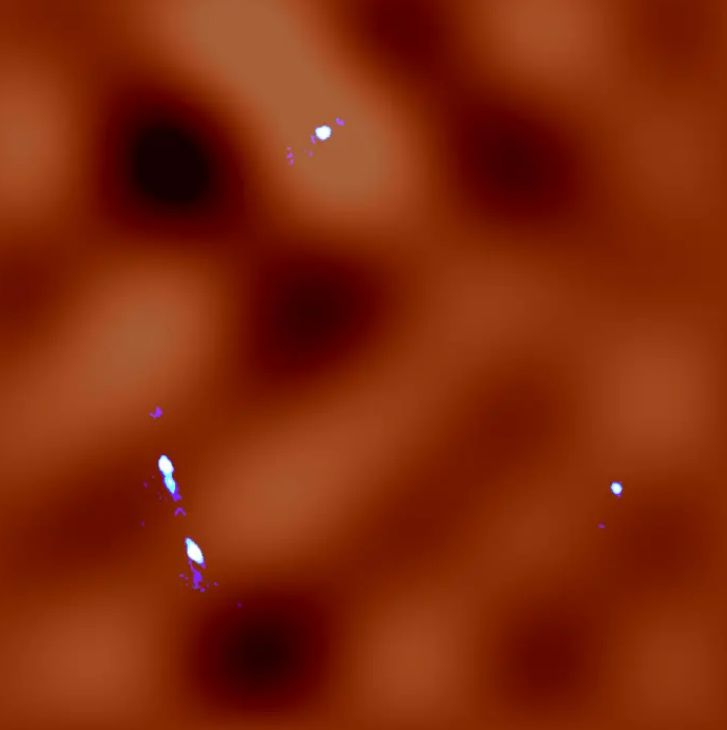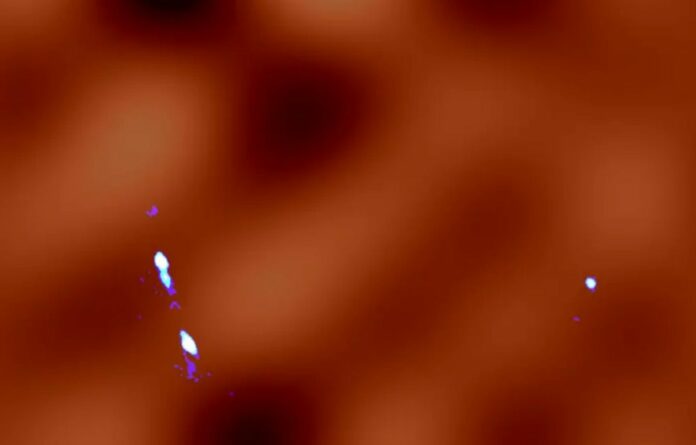A Glimpse Beyond the Darkness: Dark Matter’s Structure Detailed Like Never Before
Recent investigations have offered an unprecedented look into the intricate patterns of dark matter, delving as deep as 30,000 light-years. These newfound patterns give us enhanced perspectives on the essence of dark matter.
Dark matter, a cosmic enigma, constitutes a significant portion of the Universe’s matter. This elusive substance remains unseen, announcing its presence solely via its gravitational pull.
Given its intangible nature, scientists have been inclined to study it through its cosmic manifestations, rather than conventional laboratory methods.
One such manifestation is observed through gravitational lenses. Occasionally, due to a celestial alignment, two spatial objects appear in direct line from our vantage point on Earth.
This alignment causes the nearer object to magnify and distort the light from the distant one, much like a lens would. Spotting dark matter structures, especially those smaller than galaxies, has been a daunting task in these naturally occurring scenarios, leaving us with limited insights into its true nature.
However, a breakthrough came from a dedicated team at Kindai University, Japan, led by Professor Kaiki Taro Inoue. Utilizing the powerful ALMA (Atacama Large Millimeter/submillimeter Array), they examined the gravitational lens scenario displayed by MG J0414+0534, located towards the Taurus constellation.
Here, a single background entity was lensed into four distinct images due to the intervening galaxy’s gravitational might. Capitalizing on this lensing phenomenon and their innovative data interpretation techniques, the researchers uncovered details of dark matter distribution with unparalleled clarity, reaching the depths of 30,000 light-years.

This fresh data aligns well with theories suggesting dark matter consists of slow-traveling or “cold” particles.
With this momentum, the team is enthusiastic about delving deeper into the dark matter enigma in their upcoming research ventures.
Source: 10.3847/1538-4357/aceb5f
Image Credit: ALMA(ESO/NAOJ/NRAO), K. T. INOUE ET AL.
